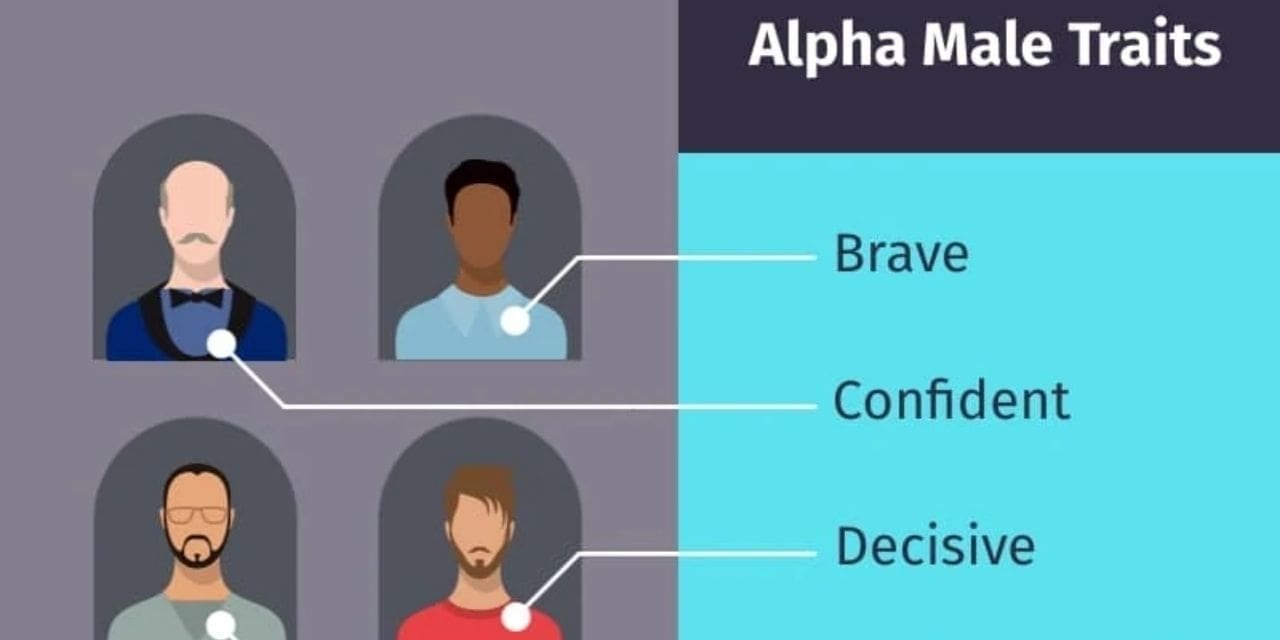Once thought to have been overthrown by new modern concepts of masculinity, where emotions and vulnerability are seen as something to be embraced rather than suppressed, the idea of the alpha male on social media is growing in strength—or so they’ll have you believe.
Tik Tok and YouTube are the social media platforms most plagued by this rise in alpha male content, with avid alpha male creators sparing no expense in critiquing other men and even women for their lack of adherence to traditional gender norms. But where did this concept even originate? Is it toxic, or does it have some root in science, as supporters claim?
What Is An Alpha Male?
Scott Barry Kaufman, Ph.D., director of The Imagination Institute in the Positive Psychology Center at the University of Pennsylvania, describes alpha males as “those at the top of the social status hierarchy. They have greater access to power, money, and mates, which they gain through physical prowess, intimidation, and domination. Alphas are typically described as the ‘real men’.”
They’re described as being at the top of the socio-sexual hierarchy. They’re successful men with women and natural born-leaders who inspire men beneath them to faithful servitude. It stems from the idea that women only choose to “mate” with men with status, wealth, and power, which is undoubtedly a painful oversimplification of how humans of any gender go about selecting a partner.
Alpha male culture also denounces any feminization of a man, seeing that as the culprit for which women will shun them or see them as being of lesser value.
Where Did This Concept Originate?
The term “alpha” did not start to be used until 1921 when it was used in an academic text by anthropologist Mokina Sumra. She studied chicken hierarchies, and the top chicken was named after the first letter of the Greek alphabet. It was the beginning of the term being used in a scientific context to describe various animal group relationship dynamics.
In popular culture, the term is applied to humans while usually referring to the organization of a wolf pack. Interestingly enough, however, wolves don’t exhibit hierarchies in that fashion, and wolves actually dominate a pack as a pair. In other words, both a male and a female with be the “alphas” by gaining the mating rights of the pack.
Alpha behavior that is more akin to what podcast hosts and content creators describe is actually more common in primates, specifically Capuchin monkeys. But in their hierarchy, there is no hostility to those other males in the group. Instead, a symbiotic exchange of responsibilities promotes harmony within the troop. The alpha male is in charge of protecting the others from predators while the rest will herd the troop to safety. In order for this process to be effective, the alpha male must maintain close social relationships with the subordinate males, according to Kathy Jack, a primate behavioral ecologist at Tulane University.
How Is It Harmful To Men?
The major problem with alpha male content is that older males who demonstrate it often perpetuate violent behavior in young men. Not to accuse every male content creator of being violent.
Still, it is known that the avoidance of vulnerability, failure to heal personal trauma, and prejudice against women have all led men to things like domestic and sexual abuse and gun violence. But also negative behaviors toward themselves. Britt East, the author of A Gay Man’s Guide To Life, mentions, “Whatever the cause, the response is [almost] always a form of violence…Sometimes this violence is outwardly expressed through physical dominance or aggression. Other times it is inwardly expressed, through depression, addiction, or suicide.”
What alpha male culture does is teach young men and boys that seeking help is weak, and it teaches them to punish themselves for being human.

